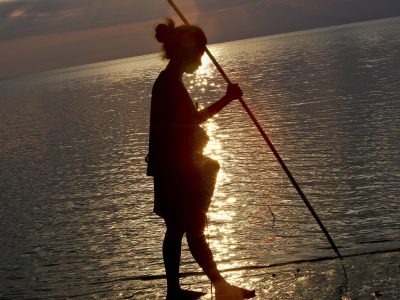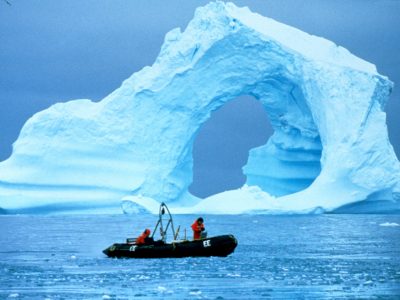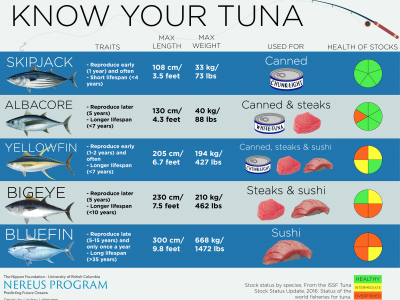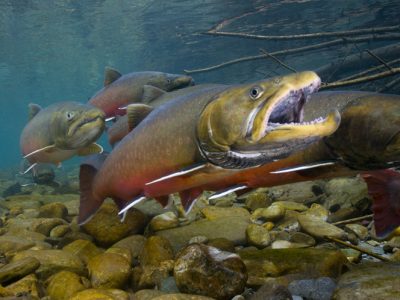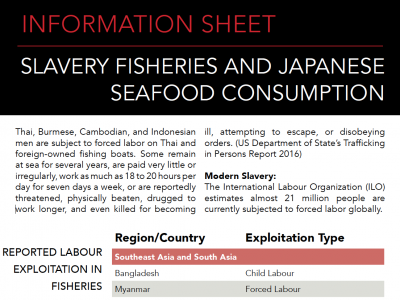Majority of Pacific bluefin tuna migrate across the ocean
Pacific bluefin tuna are in trouble — they’re at just 2.6% of historic, pre-fishing levels. They have been overfished and this overfishing is still continuing. Due to this dire situation, proper management of the stocks is increasingly important, yet information of the fish’s life history and migration patterns is limited.




